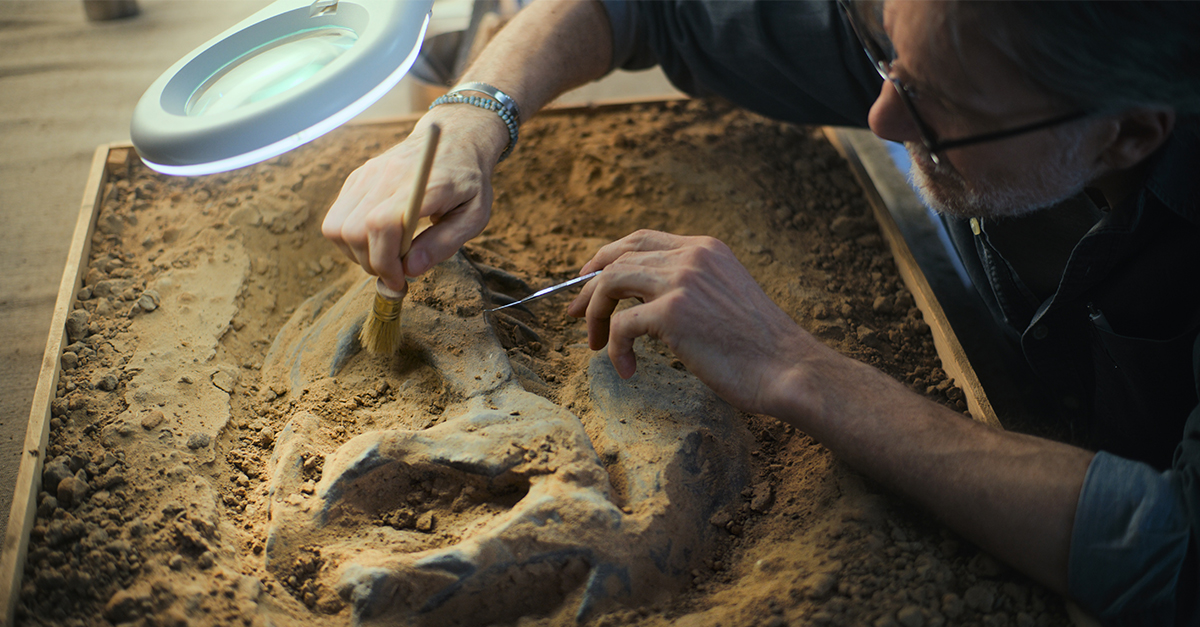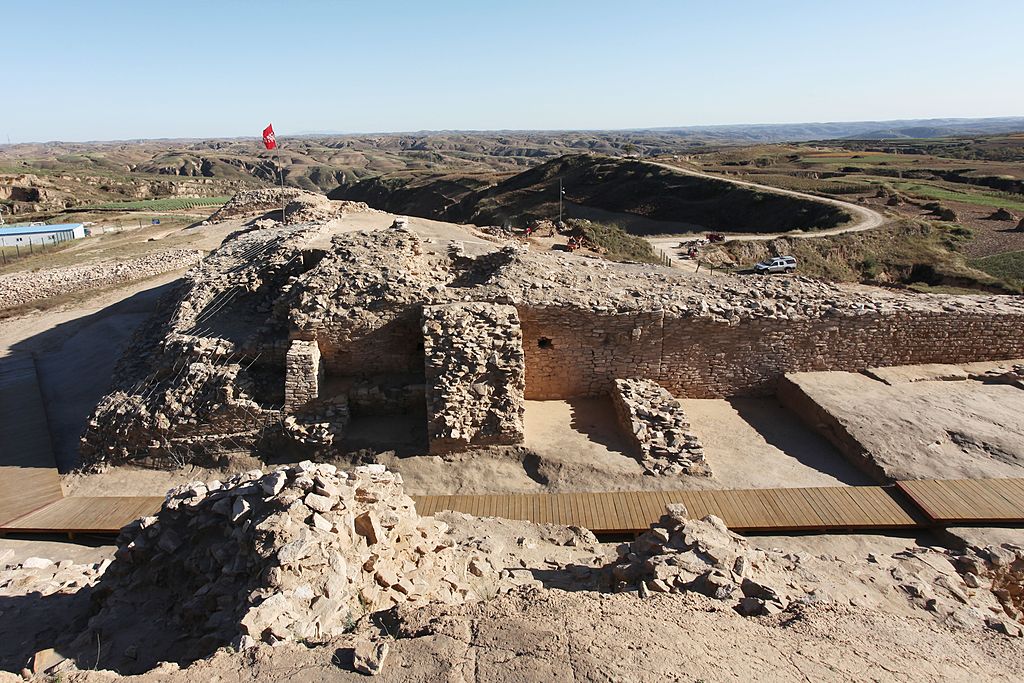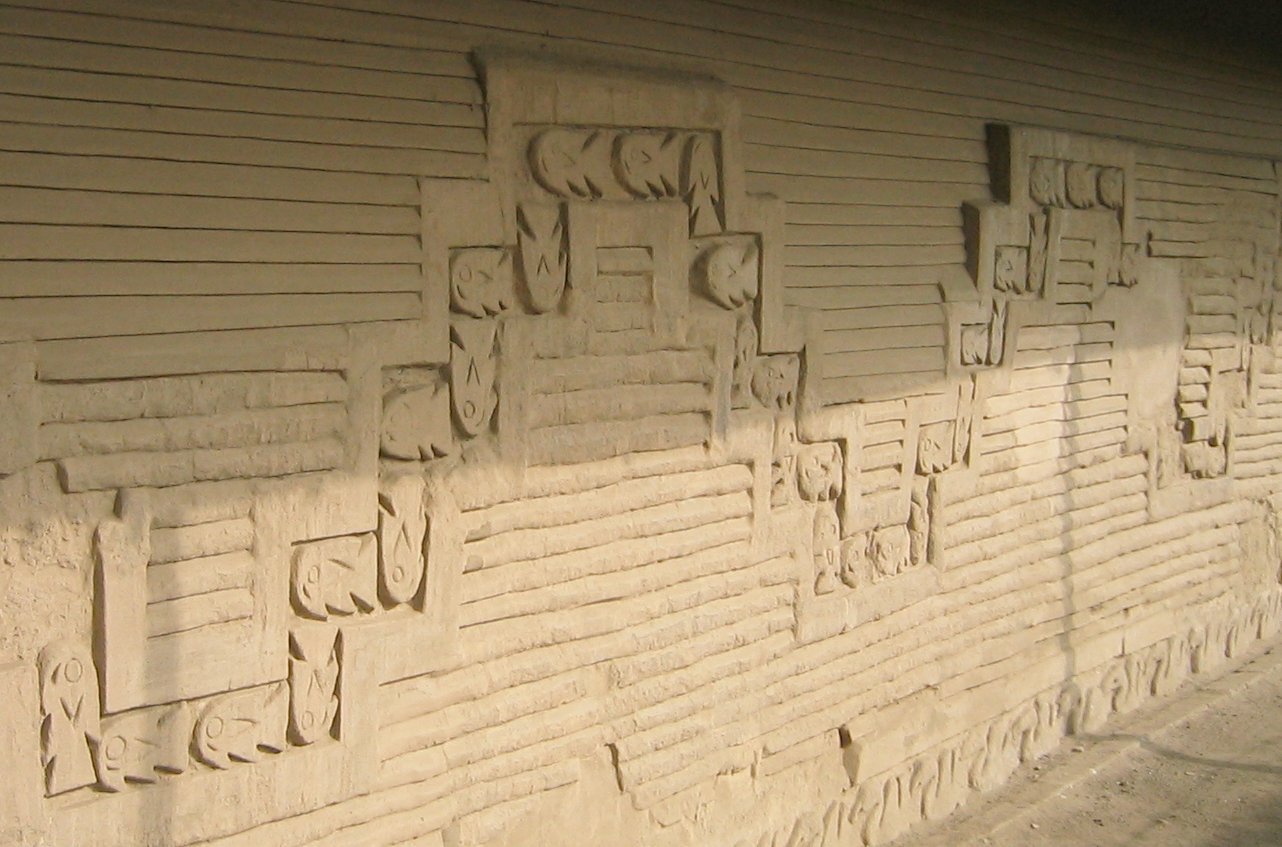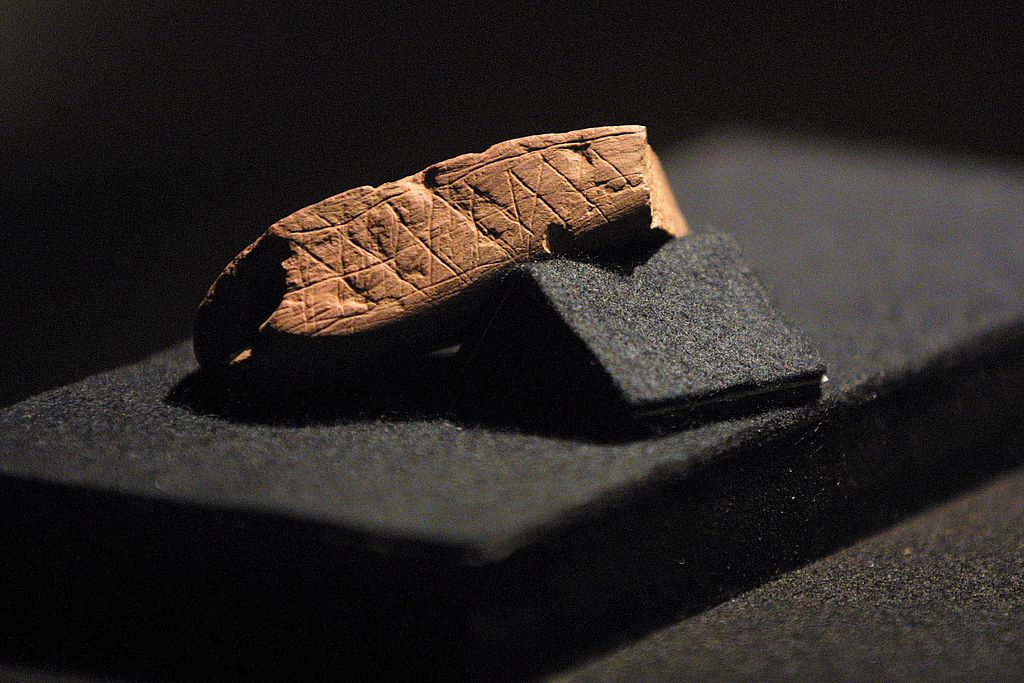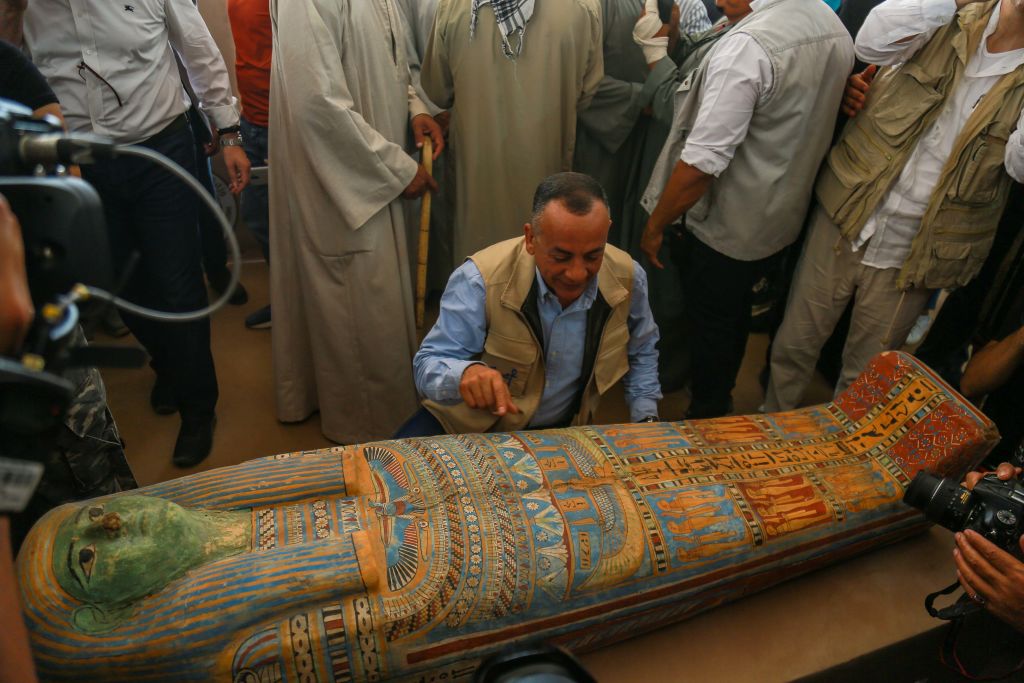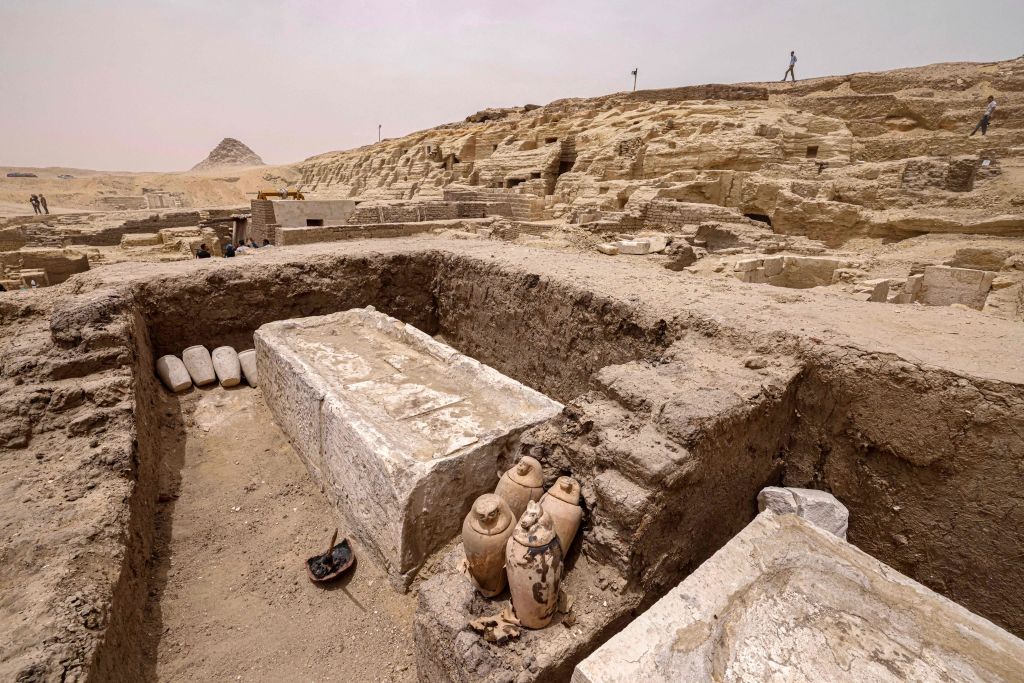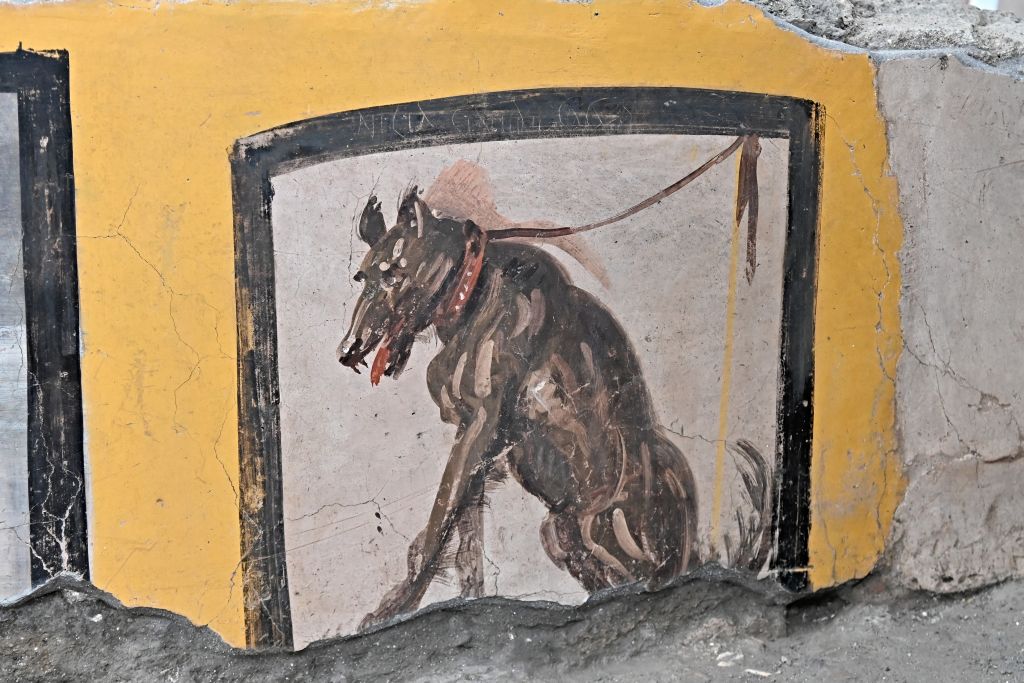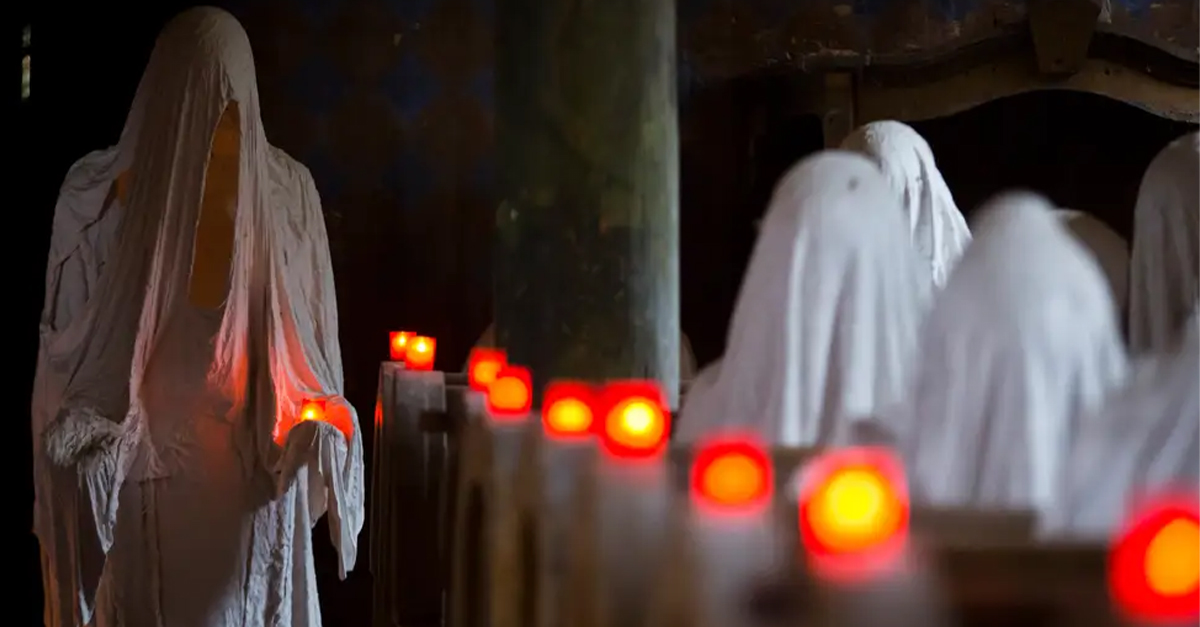Some Of The Best Recent Archeological Discoveries
If you think there’s nothing left to find when it comes to archeology, you’d be wrong. From everyday objects to large-scale finds, archaeologists are still digging things up. Here are some of the best discoveries from the last 25 years.

The Neanderthal Genome
The Neanderthals, our closest genetic cousins, disappeared over 30,000 years ago. However, there are large segments of the Homo sapiens population that possess genetic markers from our long-gone relatives. About 400,000 years ago, Neanderthals diverged from the primate line that would one day become Homo sapiens.
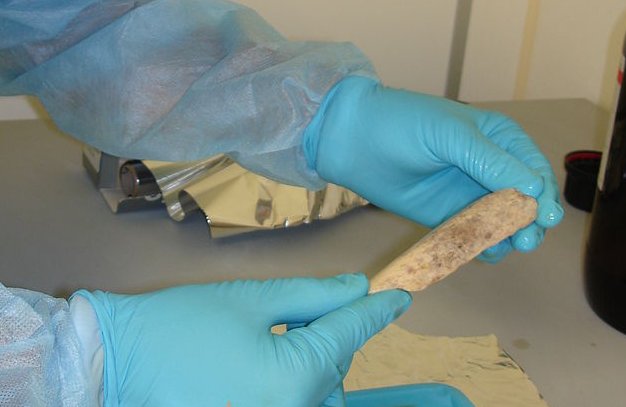 Max Planck Institute for Evolutionary Anthropology, Wikimedia Commons
Max Planck Institute for Evolutionary Anthropology, Wikimedia Commons
The Neanderthal Genome
Around 60,000 years ago, Homo sapiens encountered Neanderthals in what is now the Middle East, and the two human species interbred. Some modern humans share as much as 2% of the genetic material from Neanderthals. By successfully mapping the Neanderthal genome in 2010, we’ve been able to more fully understand Neanderthal lives and how our two species coexisted.
 Neanderthal-Museum, Mettmann, CC BY-SA 4.0, Wikimedia Commons
Neanderthal-Museum, Mettmann, CC BY-SA 4.0, Wikimedia Commons
Neolithic City Of Shimao
What was once thought to be part of the Great Wall of China, stone walls found in the Mu Us Desert in the Chinese province of Shaanxi turned out to be far older. What archaeologists discovered over the past 10 years is the lost city of Shimao, dating as far back as 2300 BCE.
Neolithic City Of Shimao
Archaeologists found massive fortifications and highly developed infrastructure, with thousands of artifacts. There was a 230-foot-high stepped pyramid that had served as a residence for the city’s rulers. Conventional thinking was that Chinese civilization started around 500 years after Shimao’s founding, showing that a sophisticated civilization pre-dated China and then was lost to history.
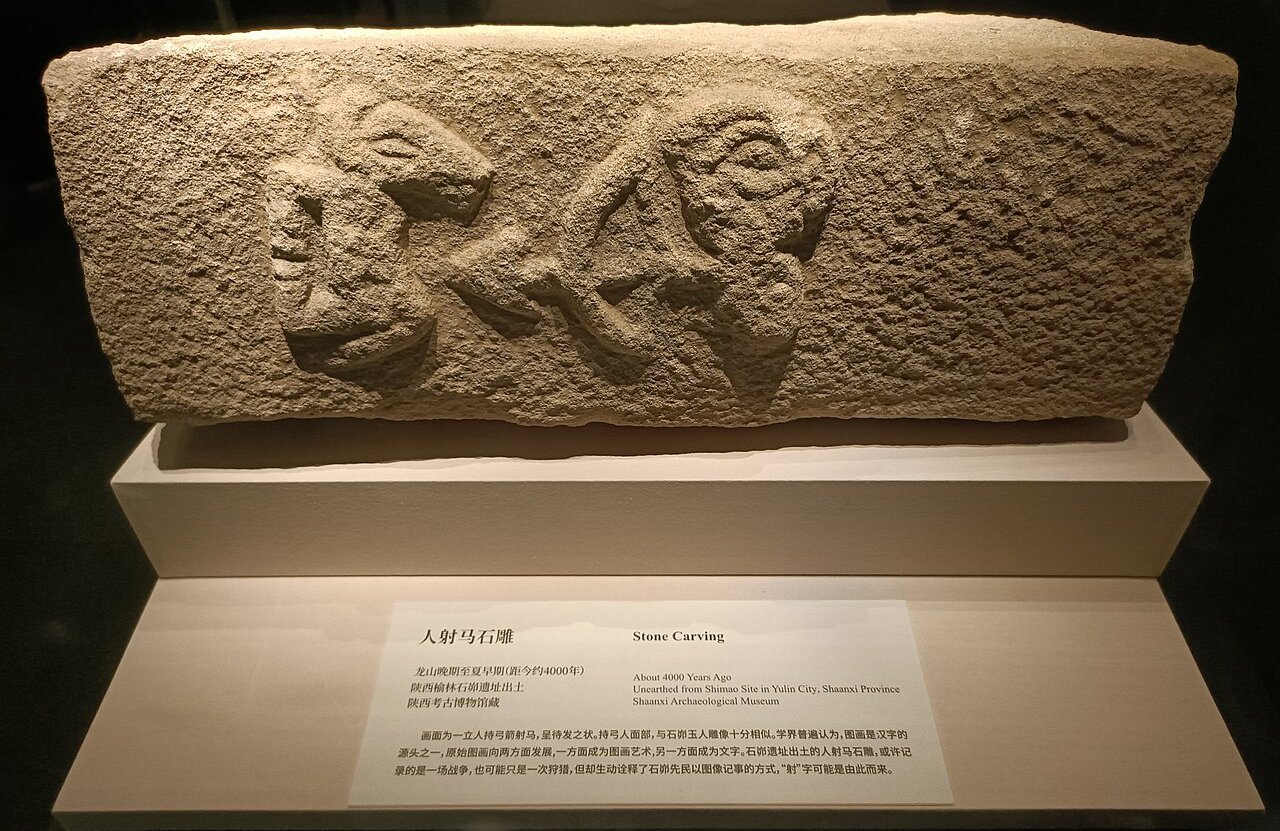 Kcx36, CC BY-SA 4.0, Wikimedia Commons
Kcx36, CC BY-SA 4.0, Wikimedia Commons
Child Sacrifices In Peru
In the early 2010s, human and llama bones were found outside the city of Trujillo in Peru. These remains were 500 years old and were evidence of a mass ritual sacrifice, the largest ever known in the Americas. Discovered were the skeletons of 200 llamas and 140 young humans.
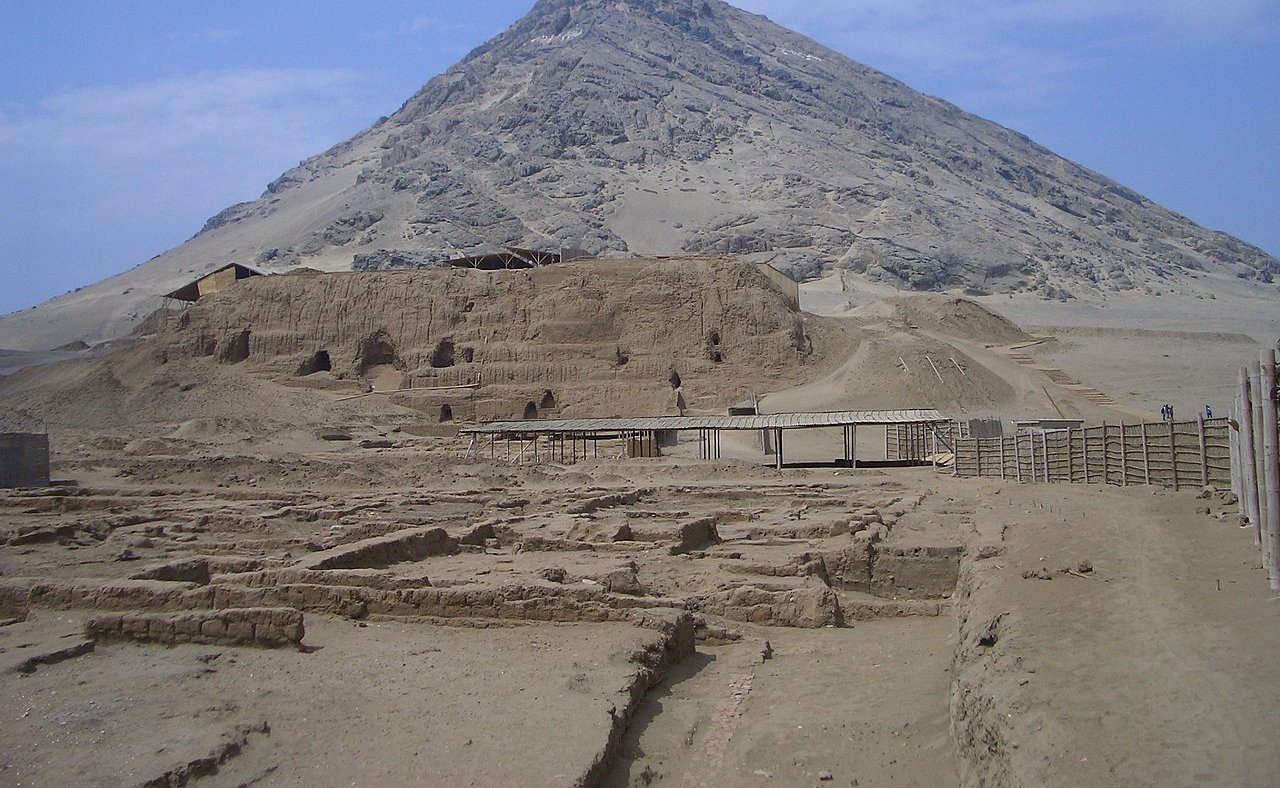 Chiwara, CC BY-SA 3.0, Wikimedia Commons
Chiwara, CC BY-SA 3.0, Wikimedia Commons
Child Sacrifices In Peru
There is evidence that the hearts were removed during the ritual and great care was taken for burial. The archaeologists were shocked that despite the apparent bloodiness of the sacrifices, the treatment of the bodies was careful and with apparent reverence. More sites of sacrifice have since been found, leading archaeologists to speculate that these rituals were a central component of the Chimu religion of the area.
The Grave Of Richard III
Richard III was England’s most vilified monarch. He has traditionally been depicted as deformed in appearance and ruthless in his pursuit of power, which supposedly included eliminating anyone who stood in his way. He was lost in battle at Bosworth Field in Leicestershire in 1485 and was quickly buried at Leicester’s Greyfriars church.
 Isananni, CC BY-SA 3.0, Wikimedia Commons
Isananni, CC BY-SA 3.0, Wikimedia Commons
The Grave Of Richard III
With the destruction of the church 50 years later, the location of the church, and therefore Richard’s body, was lost. It was believed that his body would never be found—however, in 2012, University of Leicester Archaeological Services excavated a parking lot where evidence of human remains had been found.
 Sue Hutton, CC BY-SA 2.0, Wikimedia Commons
Sue Hutton, CC BY-SA 2.0, Wikimedia Commons
The Grave Of Richard III
The skeleton that was discovered displayed evidence of blows to the head and a curved spine from scoliosis—both indicators that this could be Richard III. Radiocarbon dating also confirmed the body to be from Richard III’s era. A direct descendent of Richard, through his sister Anne of York, was found and DNA tests proved conclusively that the body was Richard III.
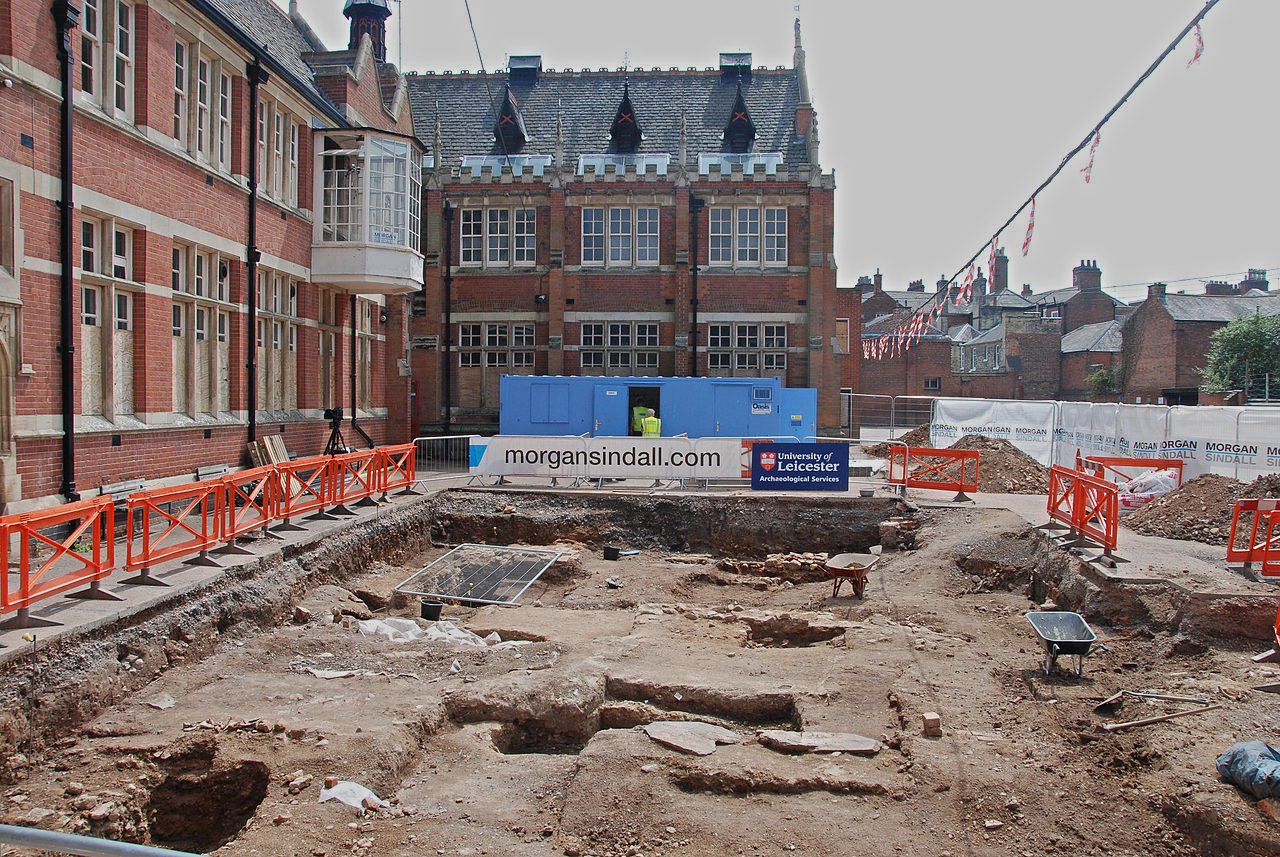 snapperQ, CC BY-SA 2.0, Wikimedia Commons
snapperQ, CC BY-SA 2.0, Wikimedia Commons
The Wrecks Of Erebus And Terror
The Northwest Passage—a navigable sea lane between the Atlantic and Pacific oceans through the Arctic Ocean—was long sought by European powers to shorten trade routes to Asia. In May 1845, the ships HMS Erebus and HMS Terror, commanded by Captain John Franklin, set out to find the Northwest Passage.
 François Musin, Wikimedia Commons
François Musin, Wikimedia Commons
The Wrecks Of Erebus And Terror
In August of that year, two whaling ships were the last Europeans to see Franklin and his crew. Search parties found only items left behind on shore, some stories from Inuit who encountered the ships, and a note left on King William Island stating that the ships were trapped in the ice.
 Kerry Raymond, CC BY 4.0, Wikimedia Commons
Kerry Raymond, CC BY 4.0, Wikimedia Commons
The Wrecks Of Erebus And Terror
In 2014, Canadian researchers located the Erebus at the bottom of Wilmot and Crampton Bay, and two years later, the Terror was also found. The ships were well-preserved, and scientists found hundreds of objects that could help piece together the last days of the crews of those ships.
 Kerry Raymond, CC BY 4.0, Wikimedia Commons
Kerry Raymond, CC BY 4.0, Wikimedia Commons
The Oldest Abstract Art
The Blombos Cave in South Africa is a subterranean system known for its rich findings of early human artifacts, with hundreds of stone tools, beads, and engraved bones. In 2018, an interesting discovery was made.
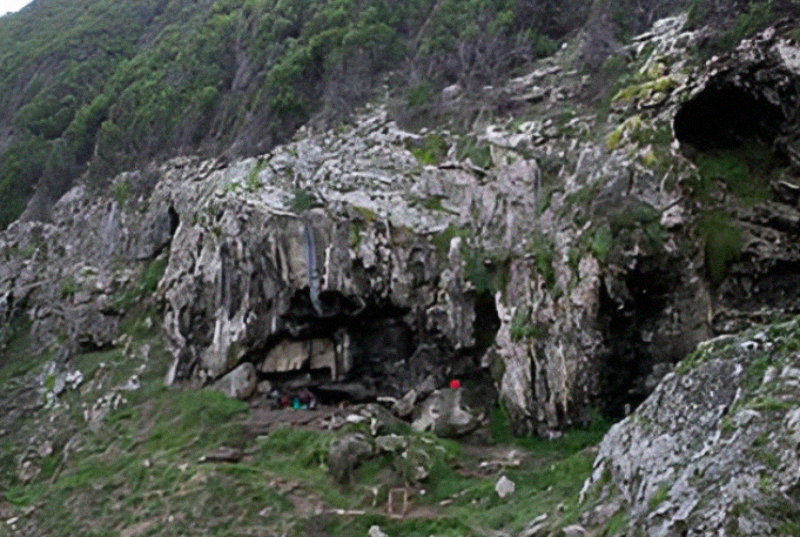 Vincent Mourre / Inrap, CC BY-SA 3.0, Wikimedia Commons
Vincent Mourre / Inrap, CC BY-SA 3.0, Wikimedia Commons
The Oldest Abstract Art
Drawings on the cave walls, etched with red ochre, were found. The drawings, dating from 73,000 years ago, are unlike other cave art found in various locations around the world, which are generally recognizable objects or animals. These drawings are designs made up of cross-hatched lines, similar to the hashtag mark, and they appear to be purposely made, making them the oldest known works of abstract art.
Laser Scanning And Angkor
There’s a crucial hindrance to much archeological investigation, particularly in remote and tropical areas: easy access to a site. The Khmer Empire’s capital of Angkor is surrounded by dense jungle which prevented much exploration of the site since its rediscovery over 100 years ago.
 Allie Caulfield, CC BY 2.0, Wikimedia Commons
Allie Caulfield, CC BY 2.0, Wikimedia Commons
Laser Scanning And Angkor
Recent laser scanning technology has enabled archaeologists to see past the dense vegetation and what is revealed includes previously unknown urban settlements and other archeological features of interest. Surveys conducted in 2015 revealed a vast metropolis that was at the heart of the Khmer Empire and included a complex system of roads, dams, and canals indicating just how advanced the empire was going back to the period between the 9th and 15th centuries.
 Gary Todd, CC0, Wikimedia Commons
Gary Todd, CC0, Wikimedia Commons
The Grave Of The Griffin Warrior
It may seem that a country such as Greece, at the heart of many civilizations and at the crossroads of countless cultures, with a deep and ancient history, would be sufficiently picked over, with very little left to find. Yet one of the biggest archeological discoveries in Greece over the past 50 years was at Pylos, a town in the southwest area of the Peloponnese region.
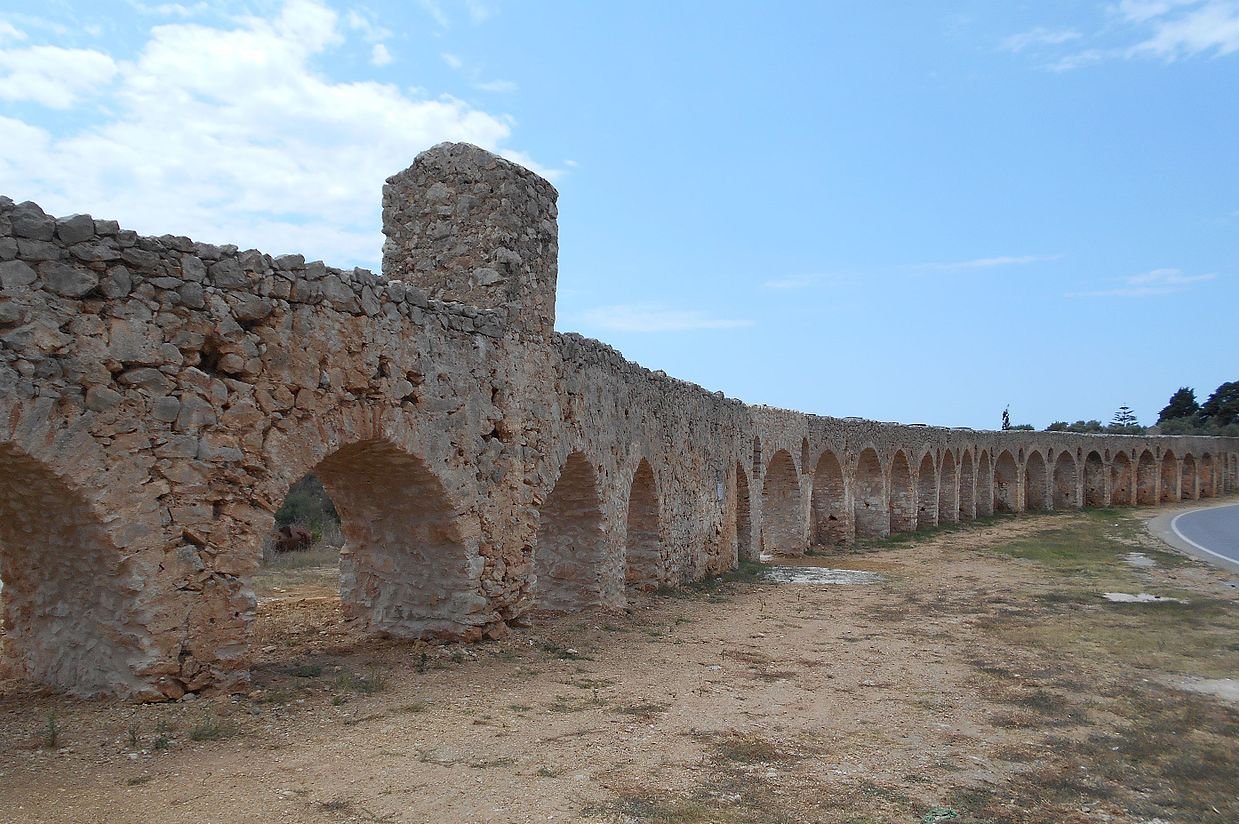 Pivari.com, CC BY-SA 4.0, Wikimedia Commons
Pivari.com, CC BY-SA 4.0, Wikimedia Commons
The Grave Of The Griffin Warrior
A grave of a man dubbed “the Griffin Warrior” was found. He died around 1450 BCE and was buried with 1,500 objects, such as bronze weapons, silverware, and gold rings. The objects were of Minoan origin, from Crete, revealing how connected the Minoans were with mainland Greece.
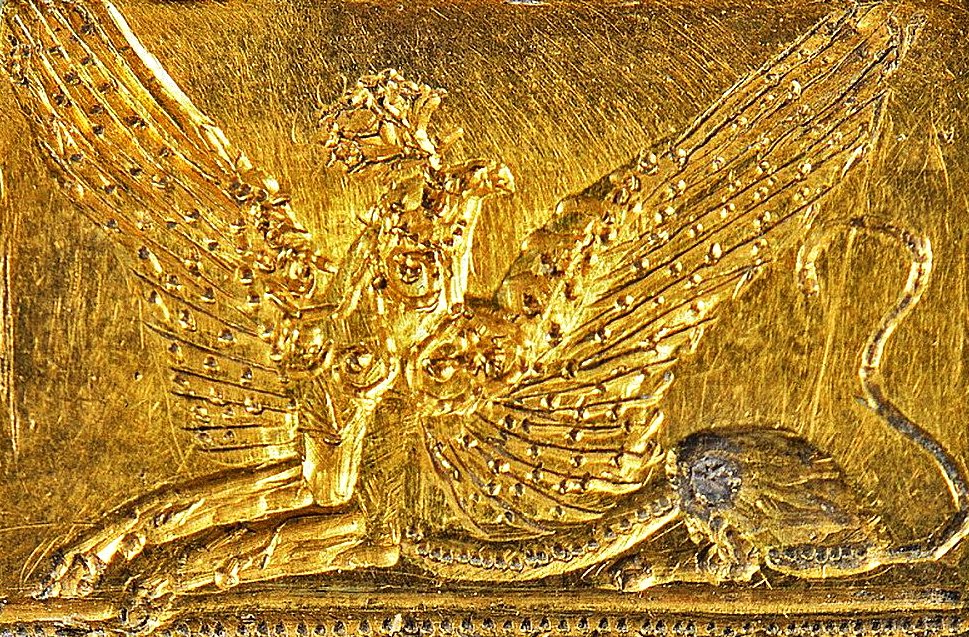 National Archaeological Museum of Athens, Wikimedia Commons
National Archaeological Museum of Athens, Wikimedia Commons
A Mummification Workshop
Everyone is familiar enough with mummification that we tend to take it a bit for granted. We know about the basic process because of surviving hieroglyphs but little is known about where this process took place. We sometimes forget that ancient humans were not all that different from us but it still seems both obvious yet surprising that people had to learn the mummification trade.
A Mummification Workshop
A series of rooms was recently discovered in Egypt that date to the middle of the first millennium BCE. Resembling a funeral home to contemporary eyes, the complex provided mummification services, burial services, and equipment. Underneath the complex was a chamber at the bottom of a 40-foot-deep shaft that was used by embalmers.
A Mummification Workshop
The bodies were laid out on the cut rock, drained of fluids, and prepared for burial. The complex ceramic vessels that were found were labeled with the names of substances and instructions for use. The entire complex appears to have functioned as a place to prepare bodies for mummification and as a place of training, much like a teaching hospital or apprentices working at a mortuary.
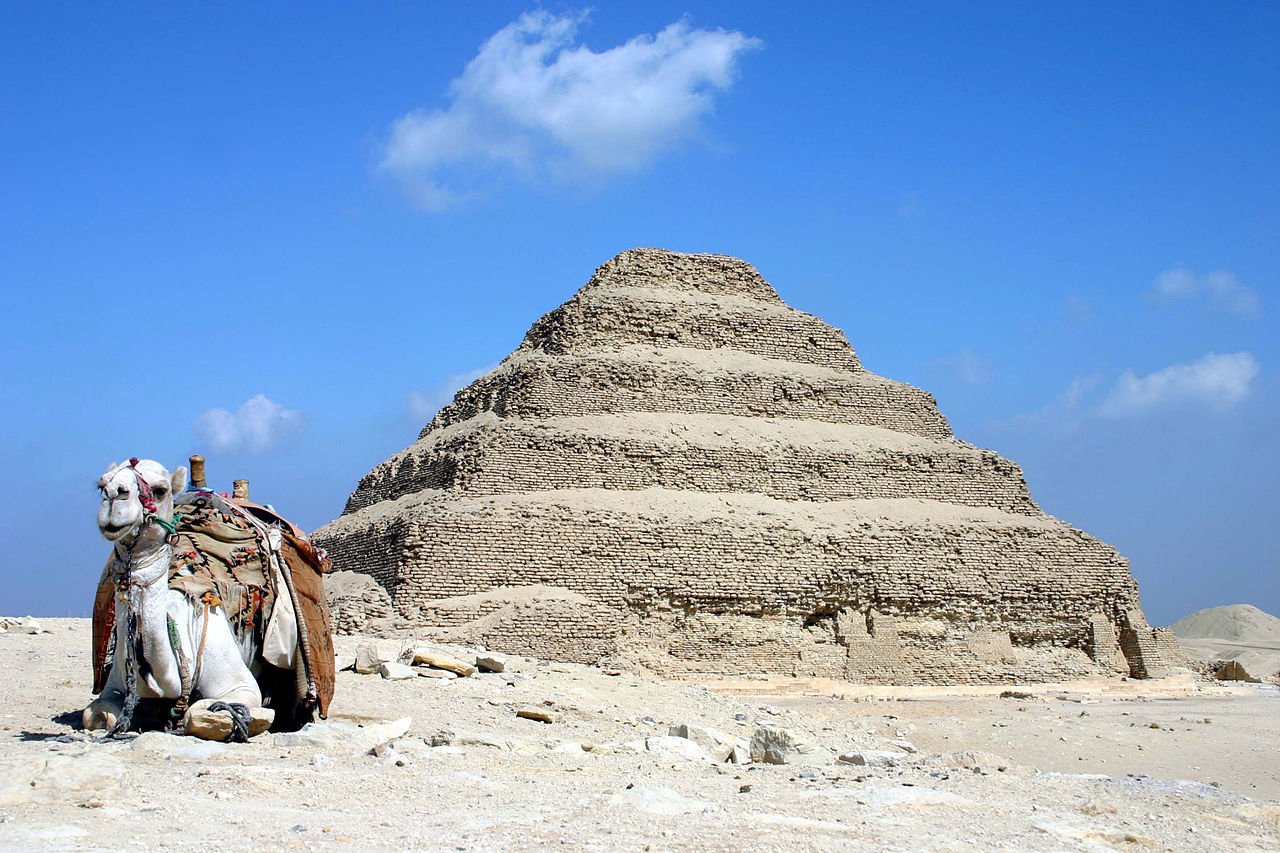 Charles J. Sharp, CC BY-SA 3.0, Wikimedia Commons
Charles J. Sharp, CC BY-SA 3.0, Wikimedia Commons
Regio V At Pompeii
Surprisingly, given its fame and the constant archeological activity since it was first discovered in the mid-eighteenth century, over one-third of Pompeii remains buried. Much of it is beneath 20 feet of volcanic debris and archaeologists rarely get a chance to work in areas not yet excavated.
Regio V At Pompeii
A large section of the neighborhood known as Regio V has begun to collapse and although authorities are reluctant to dig out unexcavated areas, in this case, they have no choice. A quarter of an acre has been removed from Regio V revealing long-hidden sections of Pompeii, including whole streets, houses, stores, and workshops.
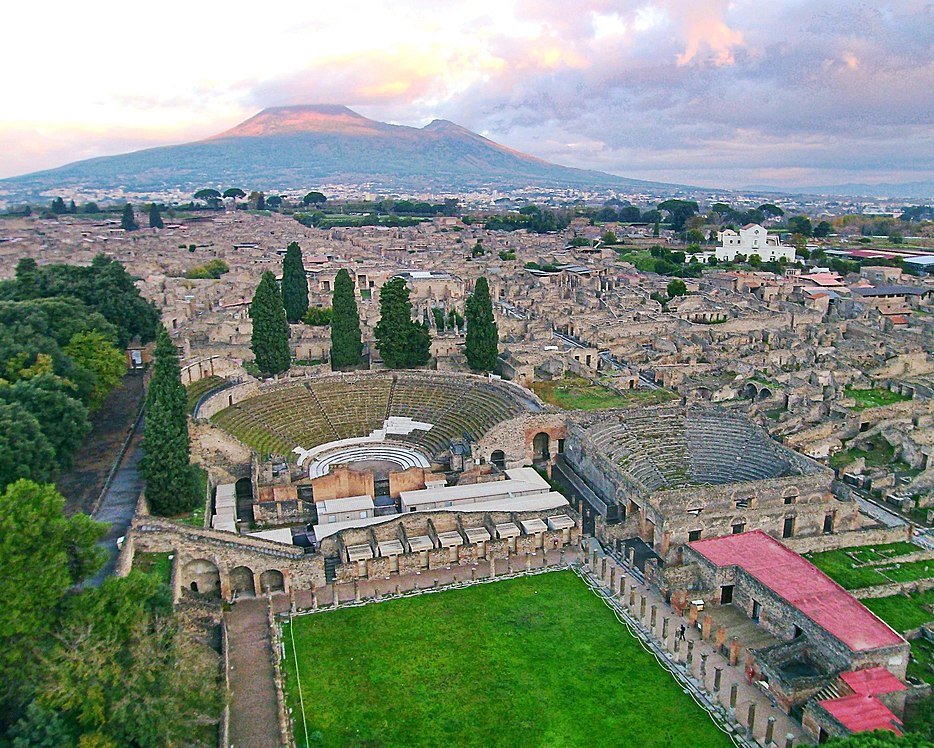 ElfQrin, CC BY-SA 4.0, Wikimedia Commons
ElfQrin, CC BY-SA 4.0, Wikimedia Commons
Regio V At Pompeii
Frescoes, untouched by the sun for 2,000 years, are still vibrant with color. A number of bodies have also been found, including 11 that were found huddled together in a room of one house. After all this time, it is remarkable that something so human could reach out to us as vividly as if it happened yesterday.
Ancient Cheese
In the late 19th century, the Tomb of Ptahmes was discovered at the necropolis of Saqqara in Egypt. Ptahmes was a high-ranking official under pharaohs Seti I and Ramesses II in the 13th century BCE. At the time of its discovery, no one recorded that it had been found, and it was promptly forgotten.
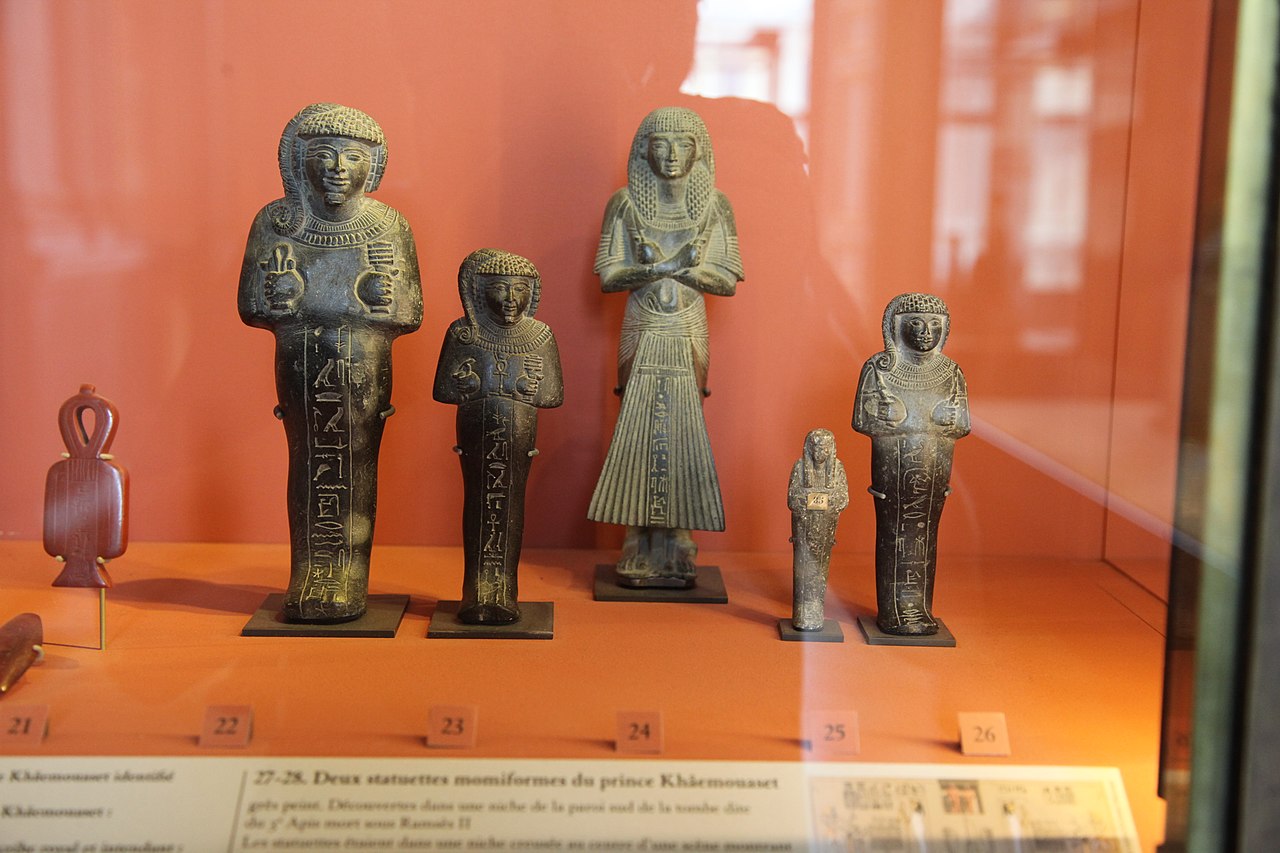 Room 642, CC BY-SA 2.0, Wikimedia Commons
Room 642, CC BY-SA 2.0, Wikimedia Commons
Ancient Cheese
In 2018, the tomb was rediscovered and within it, the oldest solid residue of cheese ever found. Analysts have speculated that the cheese, based on its chemical makeup, would have quite an acidic bite and that it would have been a moist, spreadable cheese similar in consistency to chèvre. It would have had to have been eaten immediately after it was produced given the desert heat would cause it to spoil it quickly.
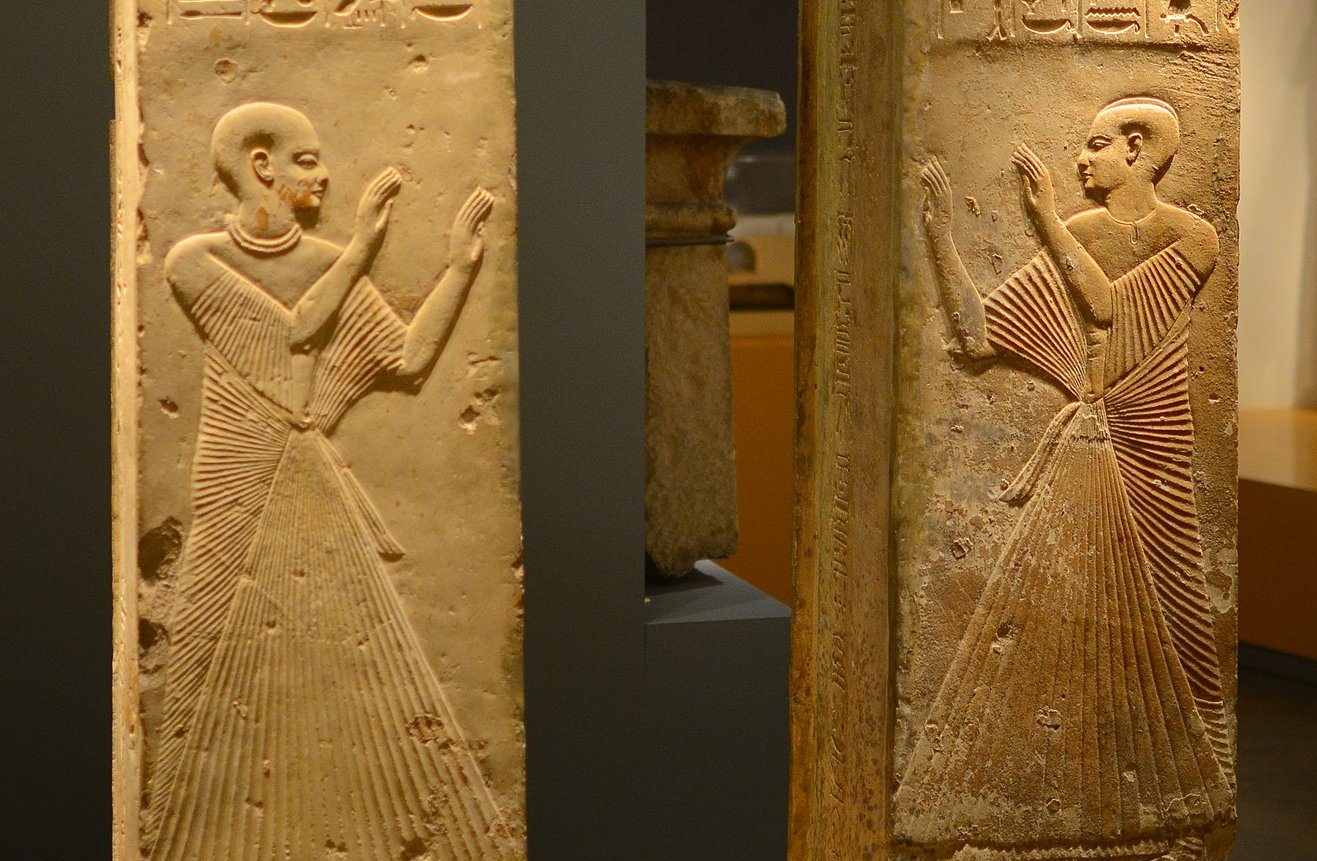 Rijksmuseum van Oudheden, CC BY-SA 4.0, Wikimedia Commons
Rijksmuseum van Oudheden, CC BY-SA 4.0, Wikimedia Commons
Nutcrackers Used By Ancient Chimpanzees
Scientists such as Jane Goodall have observed chimpanzees using tools, such as blades of grass, to catch termites. Much of it is learned behavior passed along to each generation, but these are fairly recent findings. In 2007, researchers found rocks at a prehistoric chimpanzee settlement in Côte d’Ivoire in West Africa.
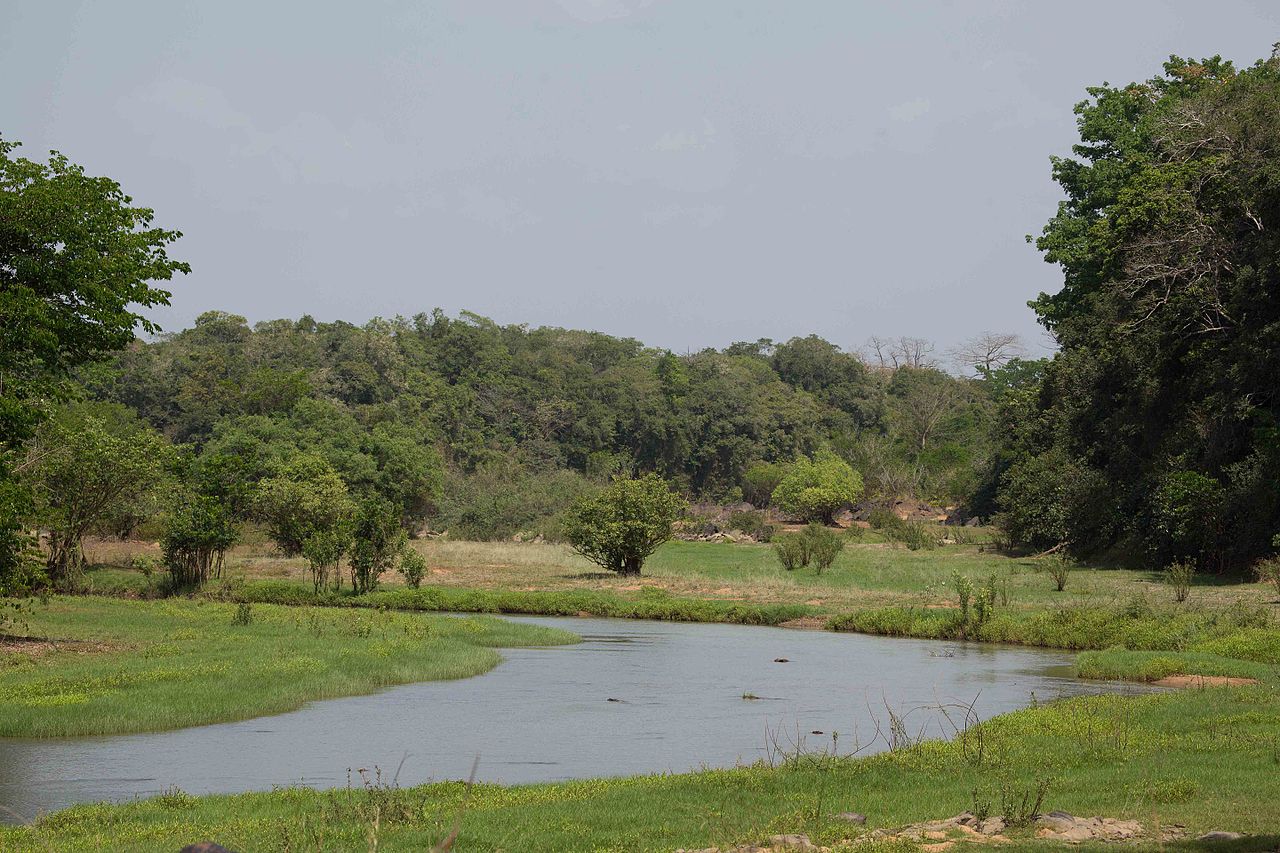 ETF89, CC BY-SA 4.0, Wikimedia Commons
ETF89, CC BY-SA 4.0, Wikimedia Commons
Nutcrackers Used By Ancient Chimpanzees
These rocks have been found to be ancient tools. They were used to smash nuts with no sign of human intervention on the site. This would be the earliest indication of chimpanzees using stone tools, almost 4,300 years ago.
 Giles Laurent, CC BY-SA 4.0, Wikimedia Commons
Giles Laurent, CC BY-SA 4.0, Wikimedia Commons
Ice Age Architecture
Ice Age hunter-gatherers are noted for their strong survival skills and that they famously hunted woolly mammoths tens of thousands of years ago. In 2014, archaeologists excavated a 25,000-year-old structure in a dense forest south of Moscow.
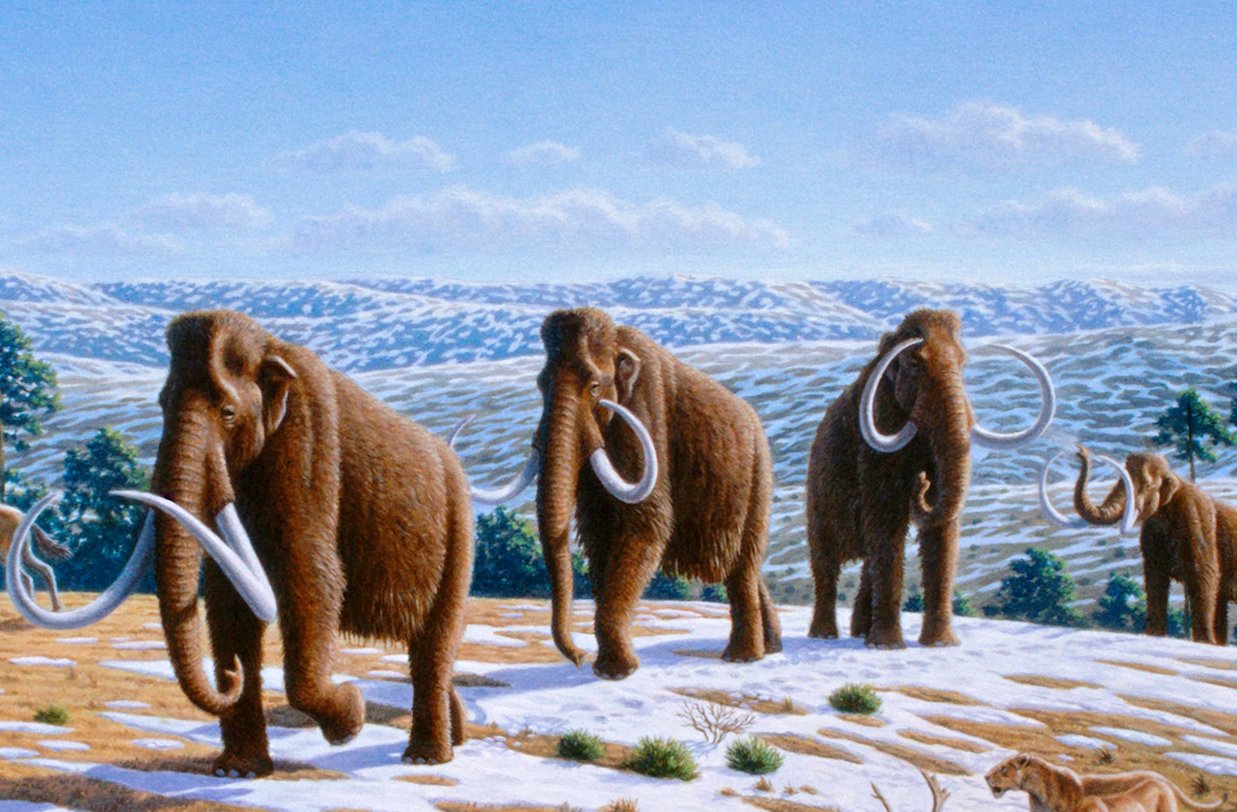 Mauricio Antón, Library of Science, CC BY 2.5, Wikimedia Commons
Mauricio Antón, Library of Science, CC BY 2.5, Wikimedia Commons
Ice Age Architecture
The structure was constructed with the bones of over 60 woolly mammoths. This is the best indication of how many mammoth hunter-gatherer groups were able to hunt during the season. It is also evidence that humans from that period, and in those climate conditions, were able to build fairly sophisticated structures.
 Vladislav Tischеnko, CC BY-SA 4.0, Wikimedia Commons
Vladislav Tischеnko, CC BY-SA 4.0, Wikimedia Commons
An Ancient Multiplication Table
In 2008, a donation was made to Tsinghua University in Beijing. The donation consisted of ancient bamboo strips covered in calligraphy. It was discovered that this was a form of jigsaw puzzle, over 2,300 years old, and when pieced together, it revealed a multiplication table—the earliest known decimal times table ever found.
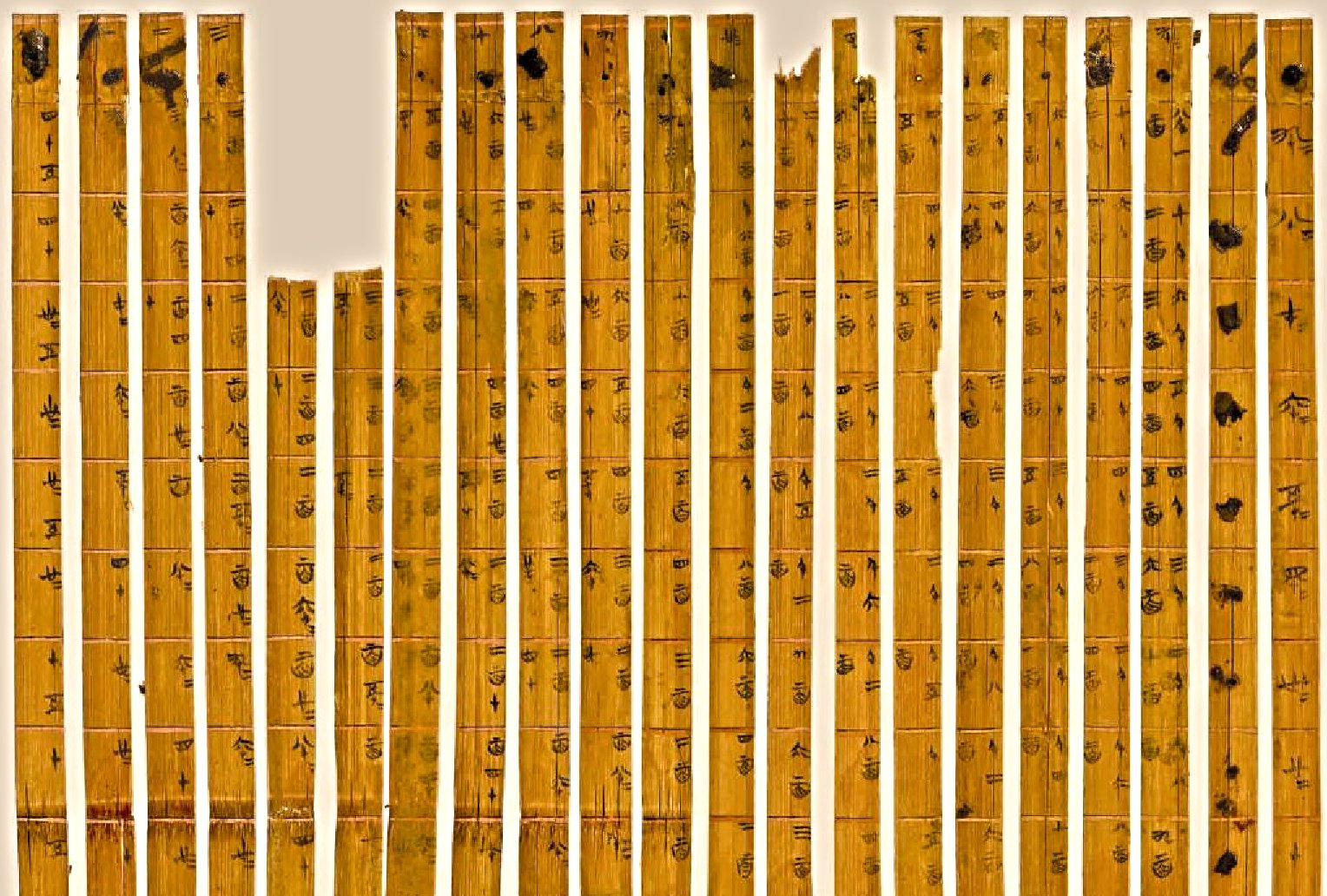 People from Warring States Period, Wikimedia Commons
People from Warring States Period, Wikimedia Commons
The USA’s Last Slave Ship
One of the saddest chapters of human history, the Atlantic slave trade brought millions of captured Africans to toil in the New World. The United States banned the importation of enslaved people in 1808, but this did little to stop slaving ships willing to ignore US laws.
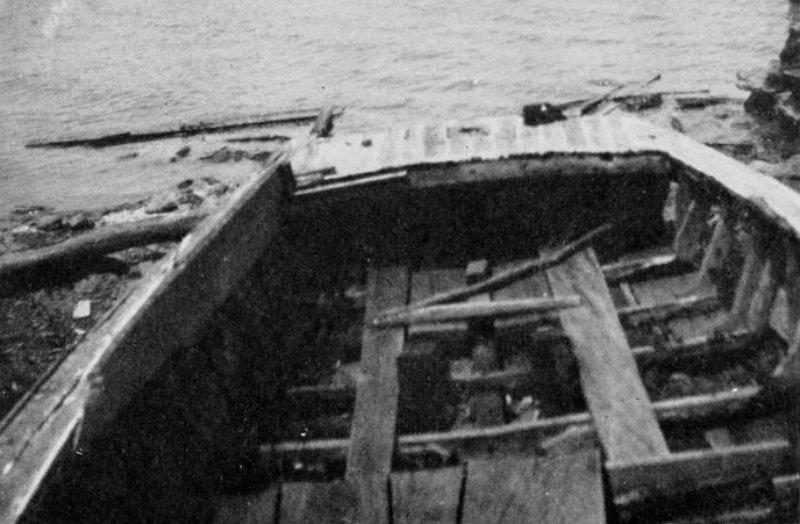 Unknown Author, Wikimedia Commons
Unknown Author, Wikimedia Commons
The USA’s Last Slave Ship
In 1860, the ship Clotilda arrived in the Mobile River in Alabama with a cargo of humans kidnapped from West Africa. This was the last known slave ship to arrive in the US from Africa and it disappeared from history soon after. In 2019, marine archaeologists found the ship buried in the mud of the Mobile River.
 Altairisfar, Wikimedia Commons
Altairisfar, Wikimedia Commons
Remains Of A Roman Villa In Britain
The Roman Empire at its peak stretched to the island of Great Britain, with what is now England and Wales under Roman rule from 43 CE to 410 CE. In 2015, an English man in Wiltshire was renovating the barn on his property to use as a recreation space for the family when he made an incredible discovery.
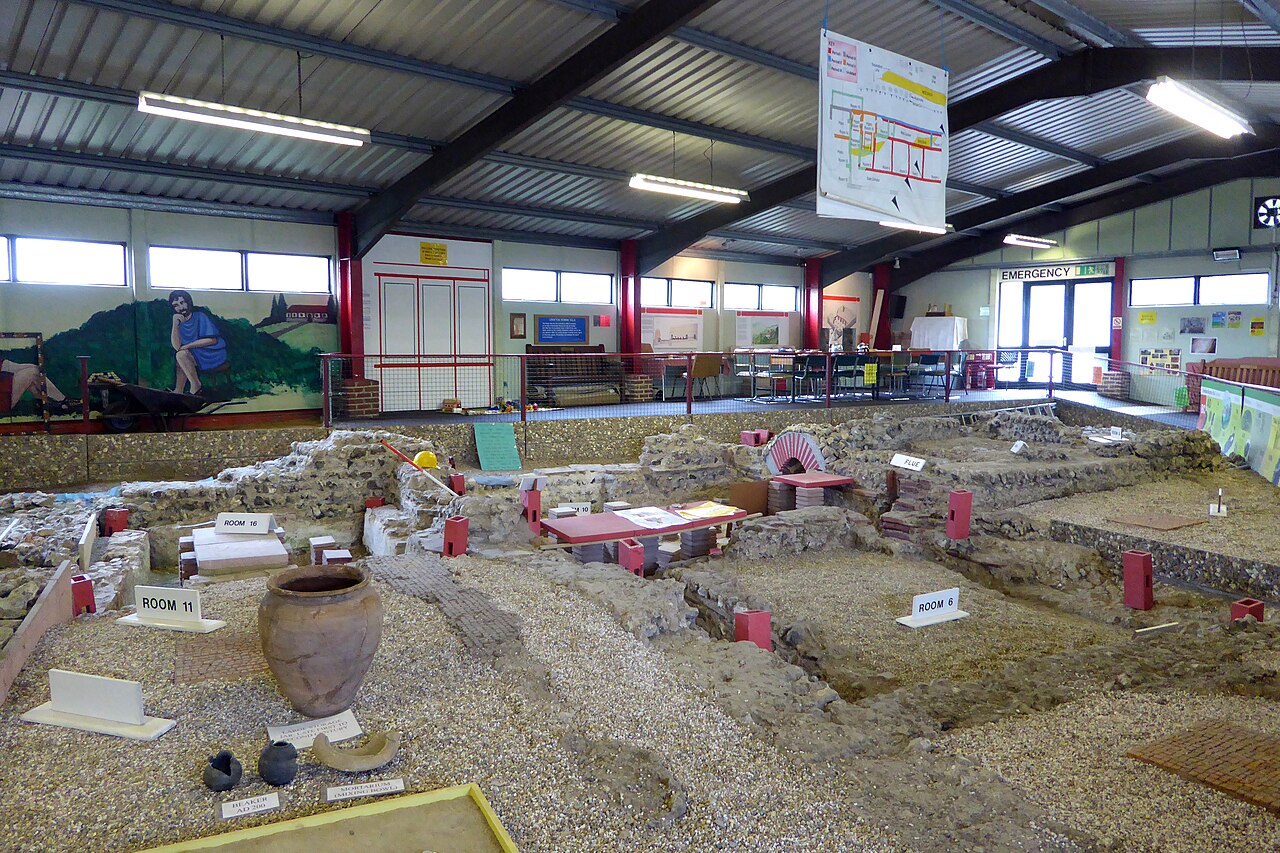 Ethan Doyle White, CC BY-SA 4.0, Wikimedia Commons
Ethan Doyle White, CC BY-SA 4.0, Wikimedia Commons
Remains Of A Roman Villa In Britain
Electrical contractors were brought in for the lighting and when they began digging the floor, they came across a blue and red mosaic floor. These still-bright mosaics were from a Roman villa that stood on that spot around 200 CE. The mosaics are some of the best-preserved samples ever found in the former Roman world.
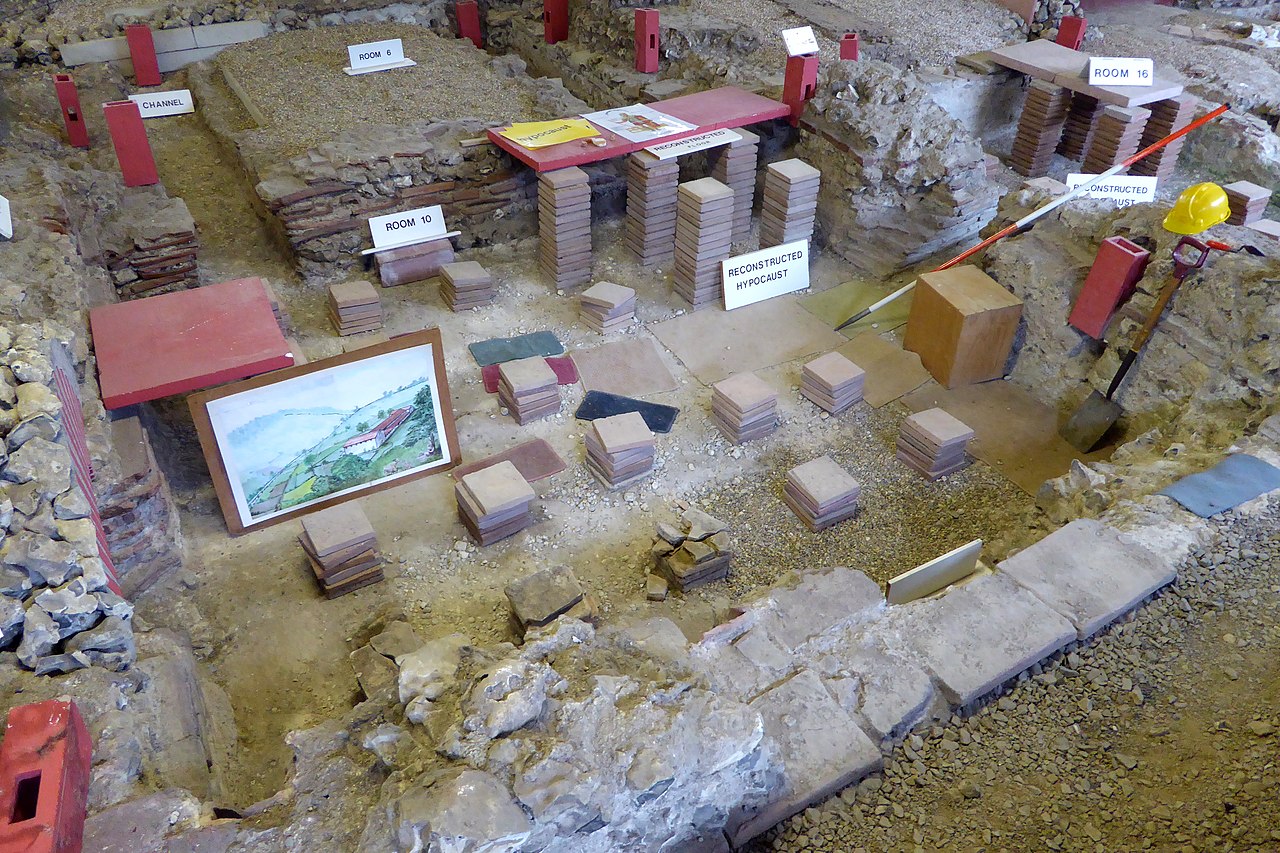 Ethan Doyle White, CC BY-SA 4.0, Wikimedia Commons
Ethan Doyle White, CC BY-SA 4.0, Wikimedia Commons
The Devil’s Trail: Italy’s Mysterious Footprints
In Italy, in Ciampate del Diavolo, there is a trail of human footprints, known to locals for generations. Local folklore maintained that they belonged to the devil and it was known as the Devil’s Trail. Outside of the community, no one paid much attention to them.
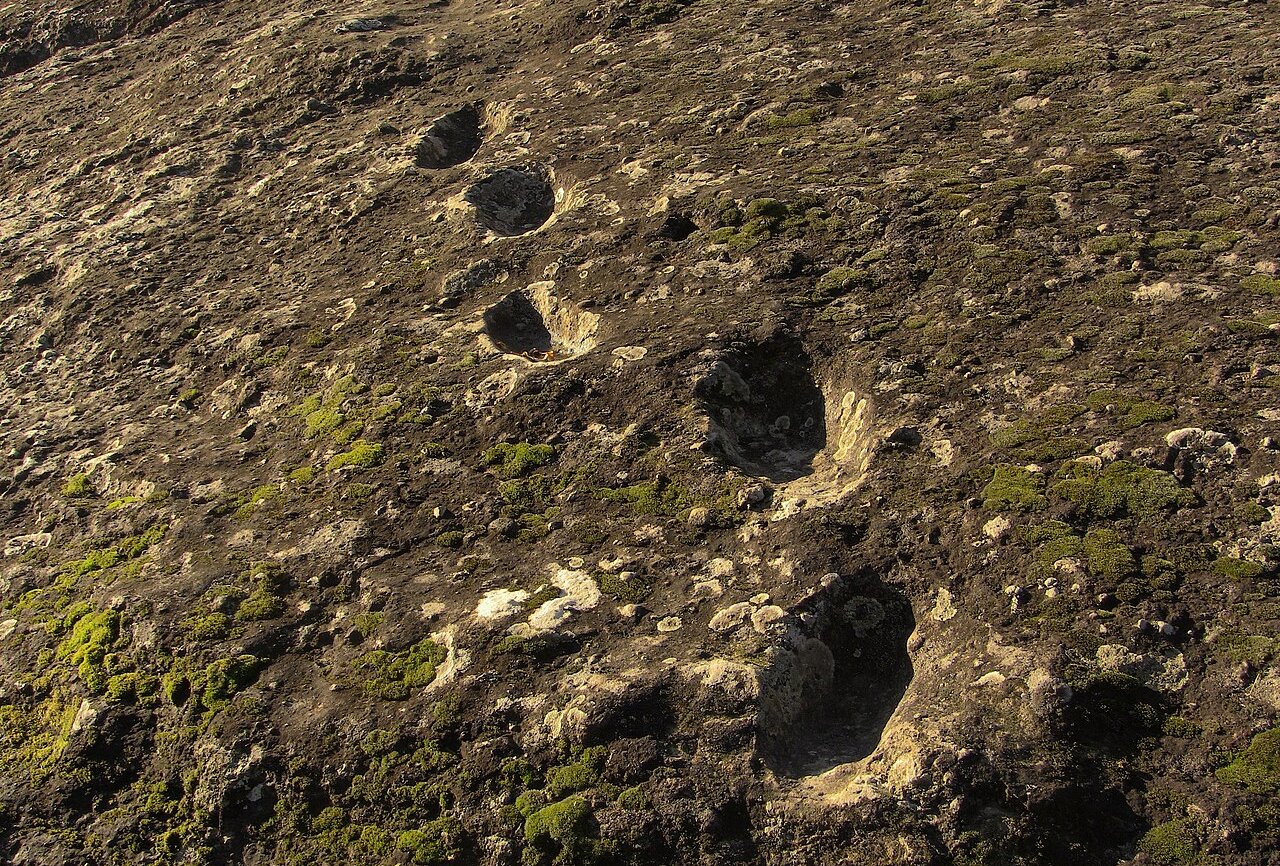 edmondo gnerre, CC BY 2.0, Wikimedia Commons
edmondo gnerre, CC BY 2.0, Wikimedia Commons
The Devil’s Trail: Italy’s Mysterious Footprints
In 2001, researchers found out about them and investigated the footprints. What they found were footprints left by an early human species walking through volcanic ash and fossilized. The prints have been dated to be about 350,000 years old.
 edmondo gnerre, CC BY 2.0, Wikimedia Commons
edmondo gnerre, CC BY 2.0, Wikimedia Commons
Homo Naledi
It has generally been believed that around 250,000 years ago, Homo sapiens were alone in what is now Africa, with other human species on the continent having died out or migrated to Europe. Skeletal remains of hominids were discovered in the Rising Star cave system in South Africa and have challenged much of the story of human origins.
 Simon Fraser University - University Communications, CC BY 2.0, Wikimedia Commons
Simon Fraser University - University Communications, CC BY 2.0, Wikimedia Commons
Homo Naledi
Called Homo naledi, these remains showed hominids with curved fingers and shoulders adapted for tree climbing but with long legs and feet shapes that are present only in bipedal hominids. Their skulls were the same size as modern humans but the brain cavity is half the size. The Homo naledi represent a previously unknown human species who lived in Africa at the same time as Homo sapiens.
You May Also Like:
Researchers Have Discovered America's Last Known Slave Ship
A British Man Discovered A Roman Villa Fit For A King In His Backyard
Discovering A 4,100-Old Tomb Where Science Met Magic
 Cicero Moraes (Arc-Team) et alii, CC BY 4.0, Wikimedia Commons
Cicero Moraes (Arc-Team) et alii, CC BY 4.0, Wikimedia Commons

